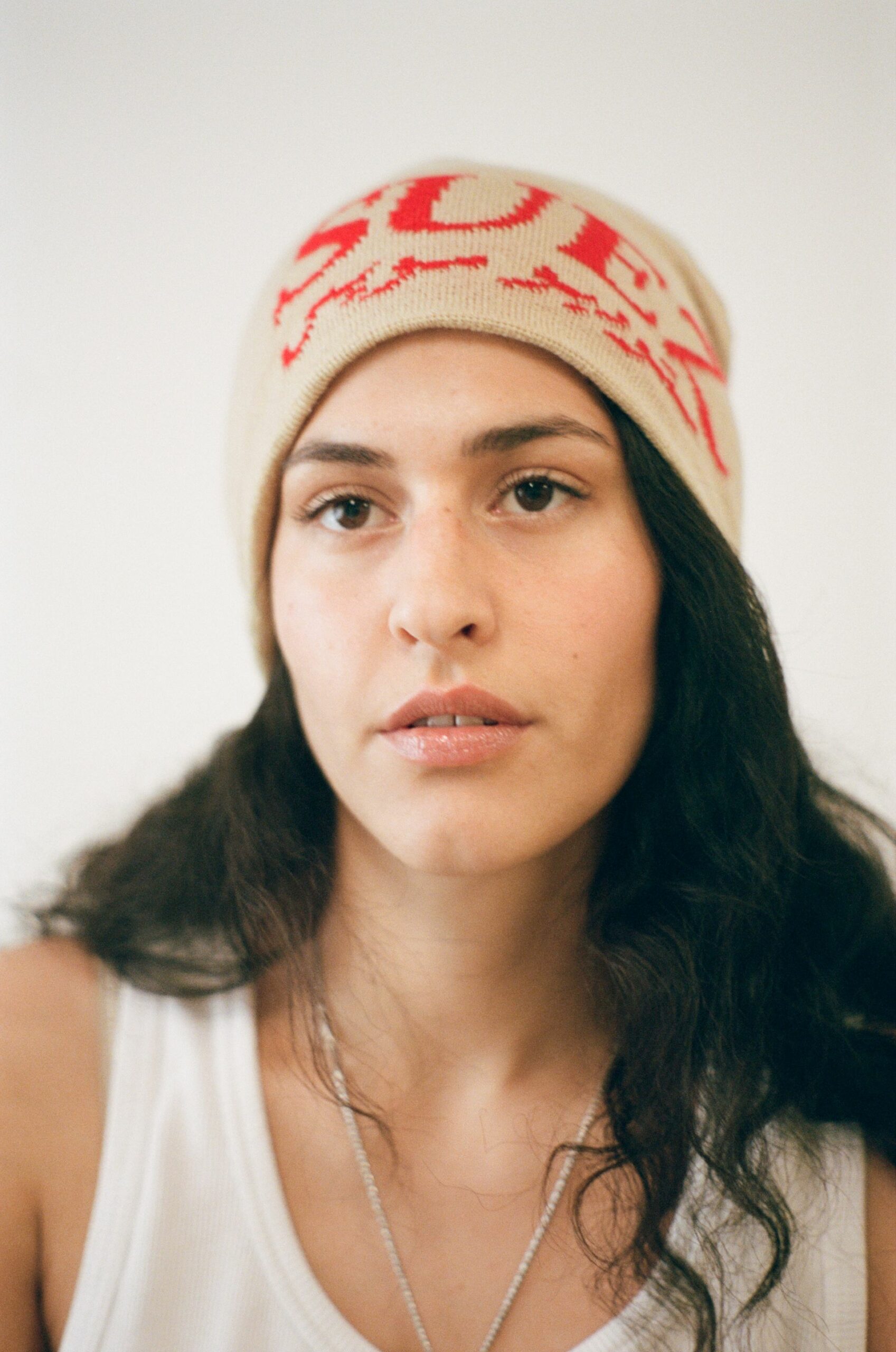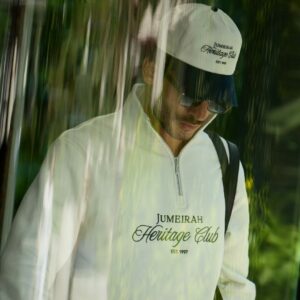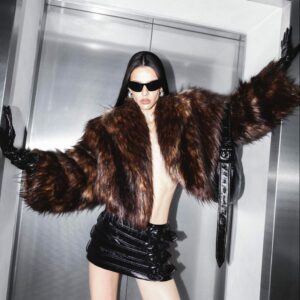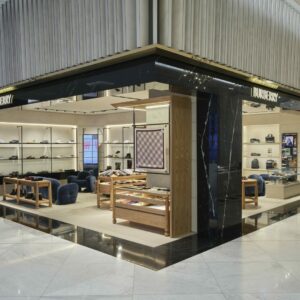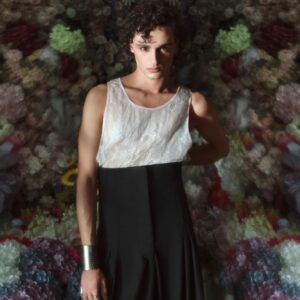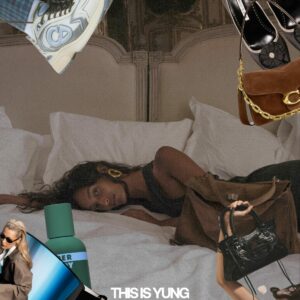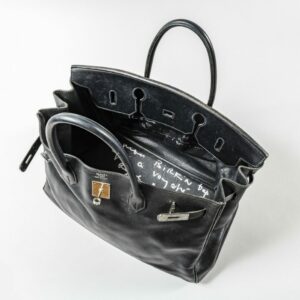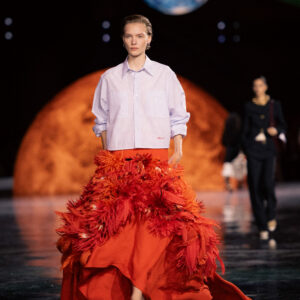You might know Suez Studio (Instagram) for their keffiyeh-inspired pieces which have been at the forefront of their work—from bucket hats to patchwork jackets and trousers. This London-based creative hub, founded by Egyptian/Iraqi designer Serag Elmeleigy, reimagines Arab culture and heritage for a new era. By reworking traditional textiles, Suez Studio seamlessly blends modern design with rich ancestral stories, creating fashion that transcends time. Each piece is a dynamic fusion of historical motifs and contemporary style, sparking a vibrant conversation between past and present. Through their innovative designs, Suez Studio takes us on a passage through the Middle East, celebrating Arab identity while crafting a bold, global statement that resonates deeply with today’s audience.
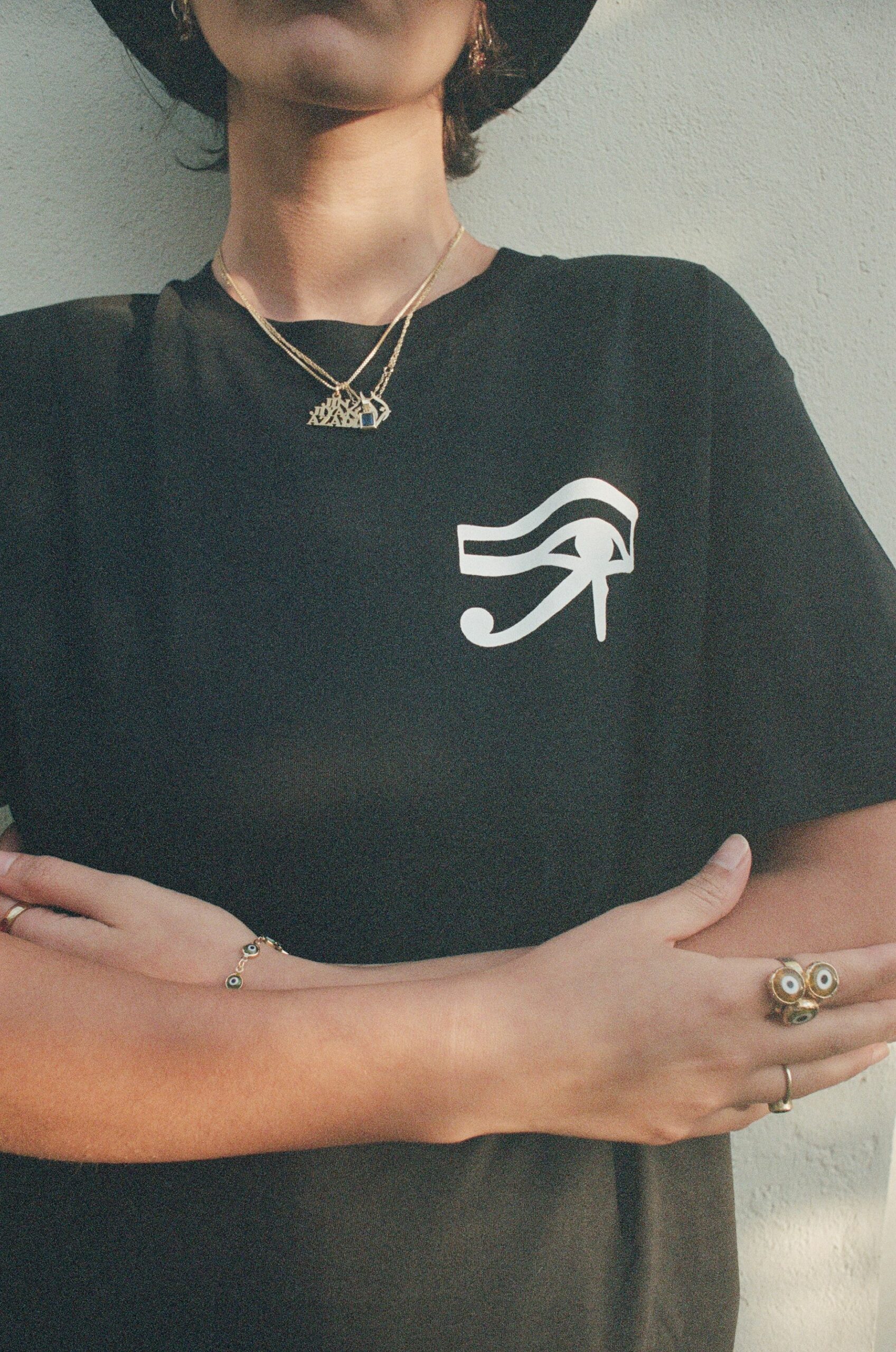
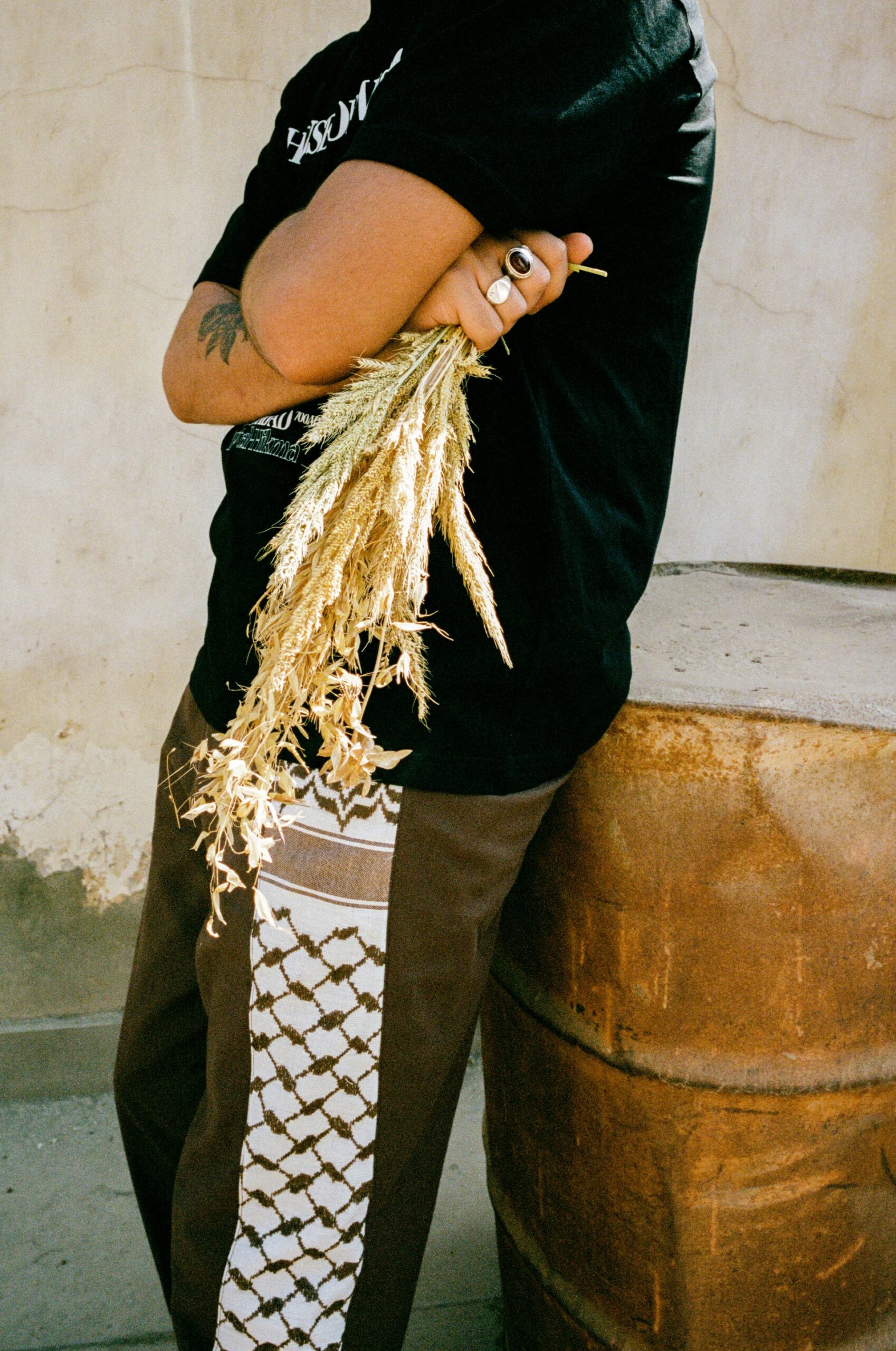
What was the initial idea behind Suez Studio and how did it come about?
I had always wanted to get into fashion and I felt I was always wearing clothes that didn’t represent me too well. I felt that I was severely lacking and wanted to rep the rich culture I’m from through clothes. It was really just filling in the gap I saw; as the saying goes, ‘Create the things you wish existed.’
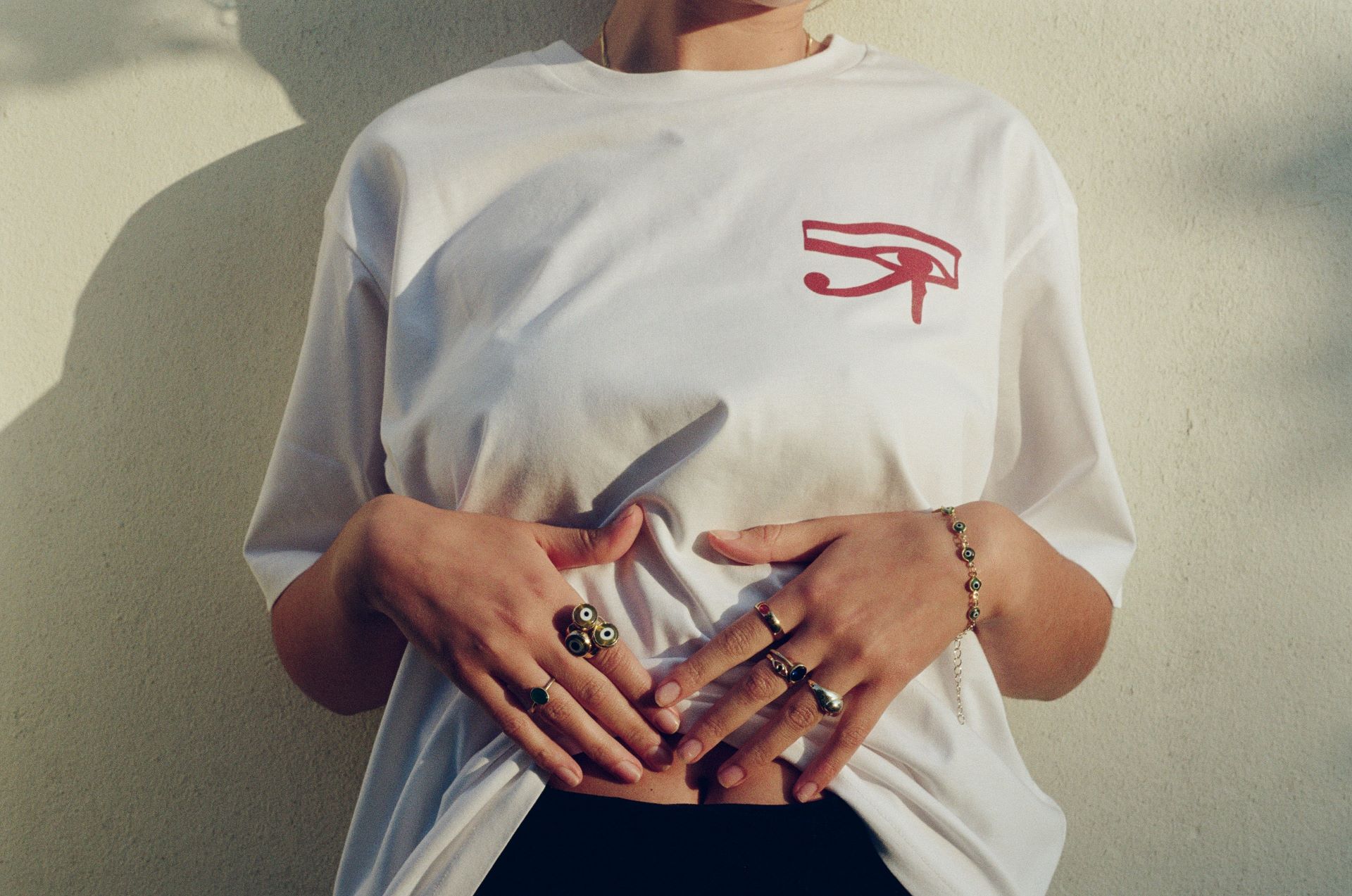
What is it about your Egyptian/Iraqi background that most inspires your work?
With their rich and deep histories I always felt it was necessary to explore the histories of both countries. With family still living in Egypt, including my dad and brother, I try to visit as much as I can and Egypt, especially Cairo, is never lacking inspiration, it’s one of my favourite places to go. From the people, to the street signs, to the old architecture, it’s an incredible city that will inspire you the second you step foot. With Iraq, having never been there, my inspiration has always come from books, movies, et cetera. I hope I can change that very soon as I plan to go for the first time this year or next. The beauty of Iraq has prevailed through much strife, and having the opportunity to witness this first hand would elevate my already existing appreciation of its cultural identity.
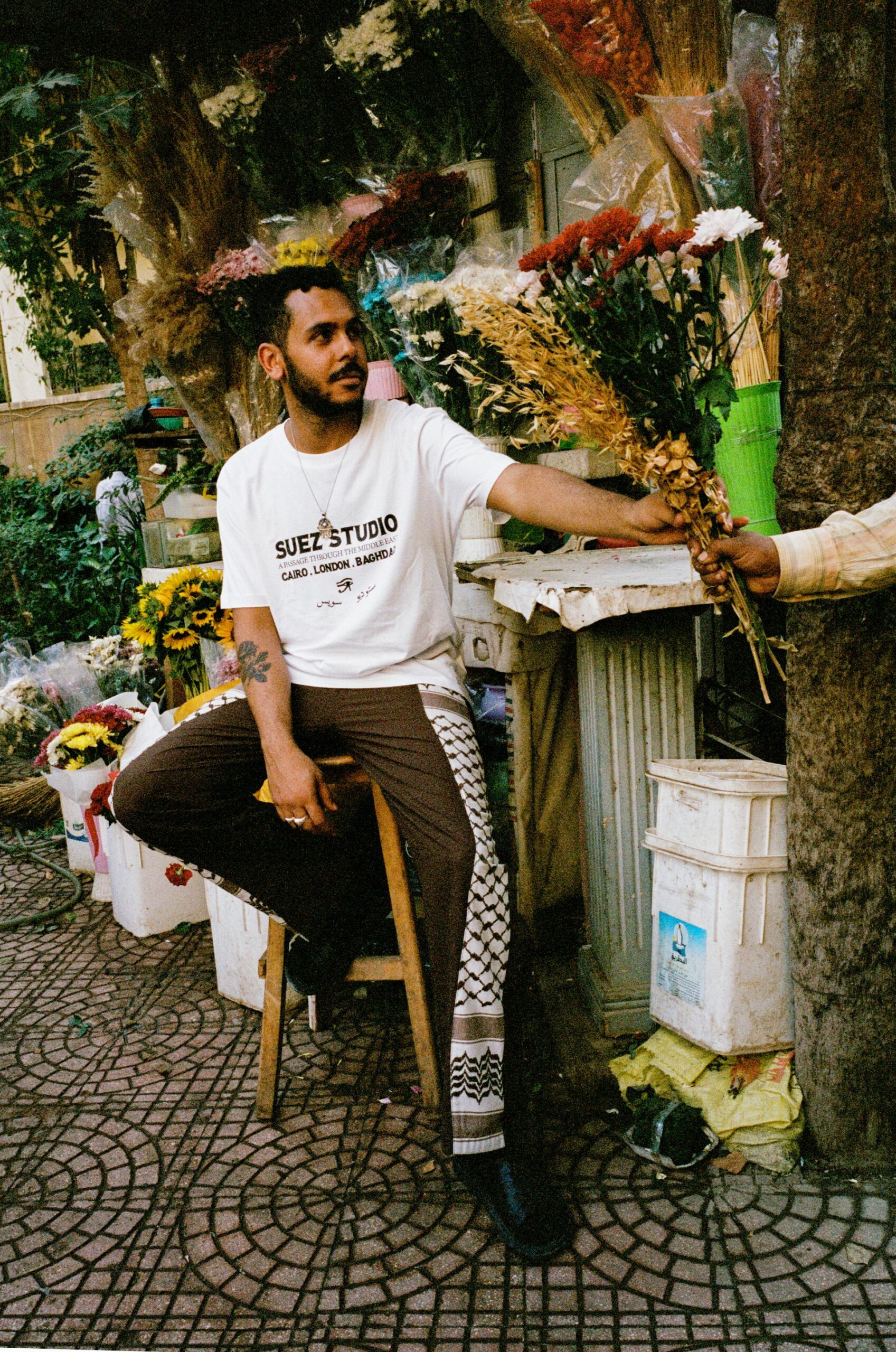
What challenges have you faced in preserving cultural authenticity while adapting it for a modern audience?
I think the challenge is more personal. The questions that have arisen since I started the brand are: Am I pandering to ‘Western’ cultural aesthetics? For example, the design aesthetic that has permeated much of the West is minimalism. Our cultures are far from minimal, so I wish to challenge those aesthetics and make sure we do not dilute our rich and vibrant cultures in order to fit in. I think the 1-of-1 Khayamiya jackets were a great example in how I wish to move forward with Suez and start challenging fashion norms for men, especially in how we can interpret the ‘essential’ modern navy suit that every man owns. And no matter where you’re from you’ll tend to catch most men at a formal event wearing a navy suit. I’d love for these sorts of events to have more variety and to showcase the individuals’ culture a bit more.
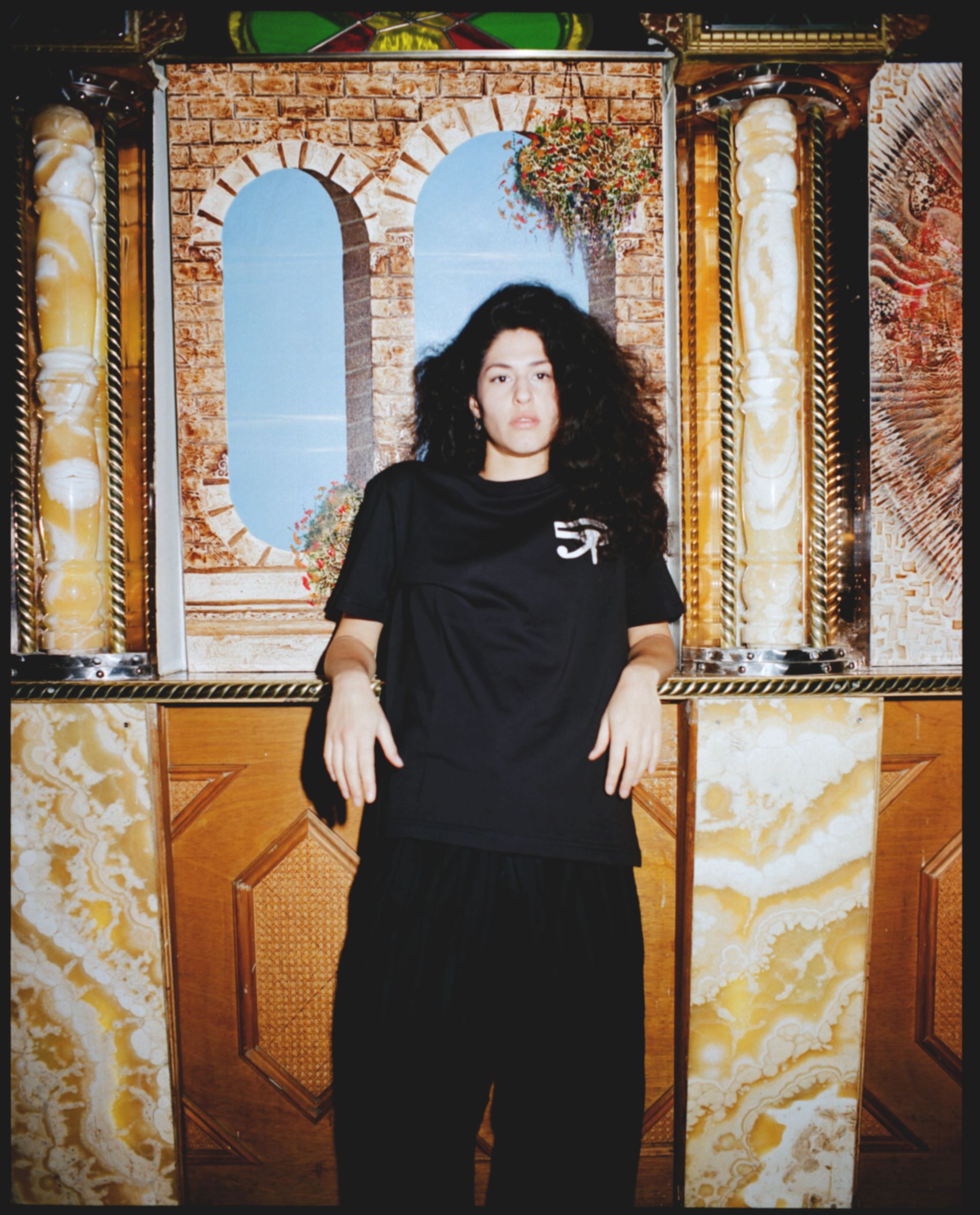
How do you ensure that your designs resonate with both Middle Eastern and international audiences?
With this, it is almost like a formula, you see what sort of styles are worn, I tend to go off the styles of clothes I like to wear, and then figure out a way to incorporate cultural elements into it. I’d always loved the KAPITAL bandana jackets, our keffiyeh patchwork jackets were heavily inspired by that. With us using real keffiyeh scarves in all our clothes this also comes with a problem solving process of how we are able to incorporate the keffiyeh into clothing, as its not made to be sewn together, so you end up figuring out ways to make it work and the main technique we use to make it work is ‘fusing/interfacing’ – this is ironed on to the keffiyeh and it sticks, as one side of the fabric is glue, and so once its fused onto the keffiyeh it makes it stronger and able to be sewn on and able to withstand tension at the seams.
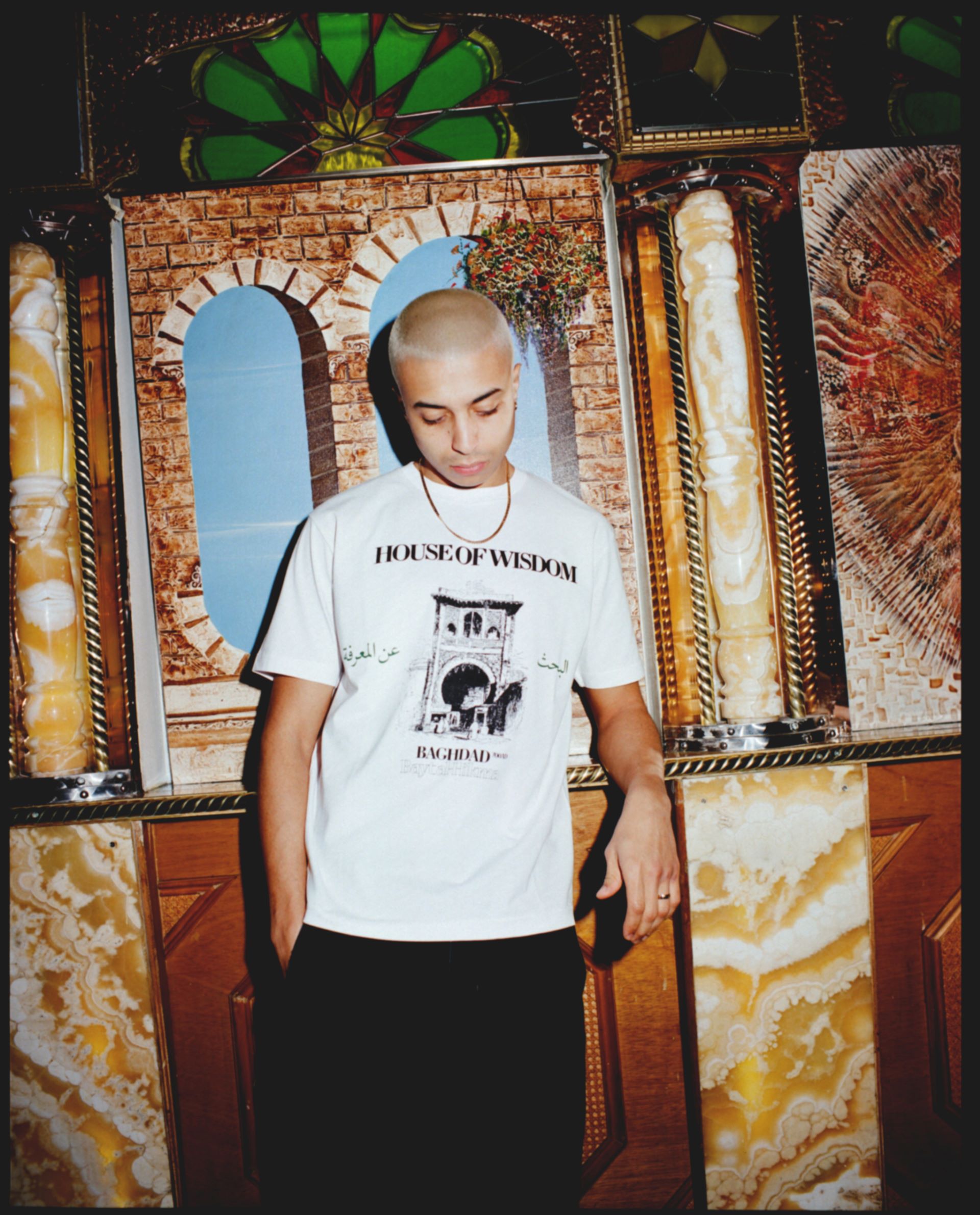
What role does storytelling play in your design process, and how do you incorporate it into your work?
Storytelling is one of the most important aspects of any brand, if not the most important. As we draw a lot of inspiration from the past, we seek to almost retell stories from the past within the fashion context. I think the House Of Wisdom T-Shirt is a great example of that as we were able to tell the story of what the House Of Wisdom was and how integral it was not only to the Middle East, but to the whole world. This resonated really well with our followers, especially our fellow Iraqis, as it told of a great period in history in which Baghdad was the intellectual capital of the world. Our region has unfortunately been prone to misrepresentation despite being the locus of much literary, scientific, and philosophical innovation. I want to use the opportunity to spotlight our history through a more authentic and positive lens.
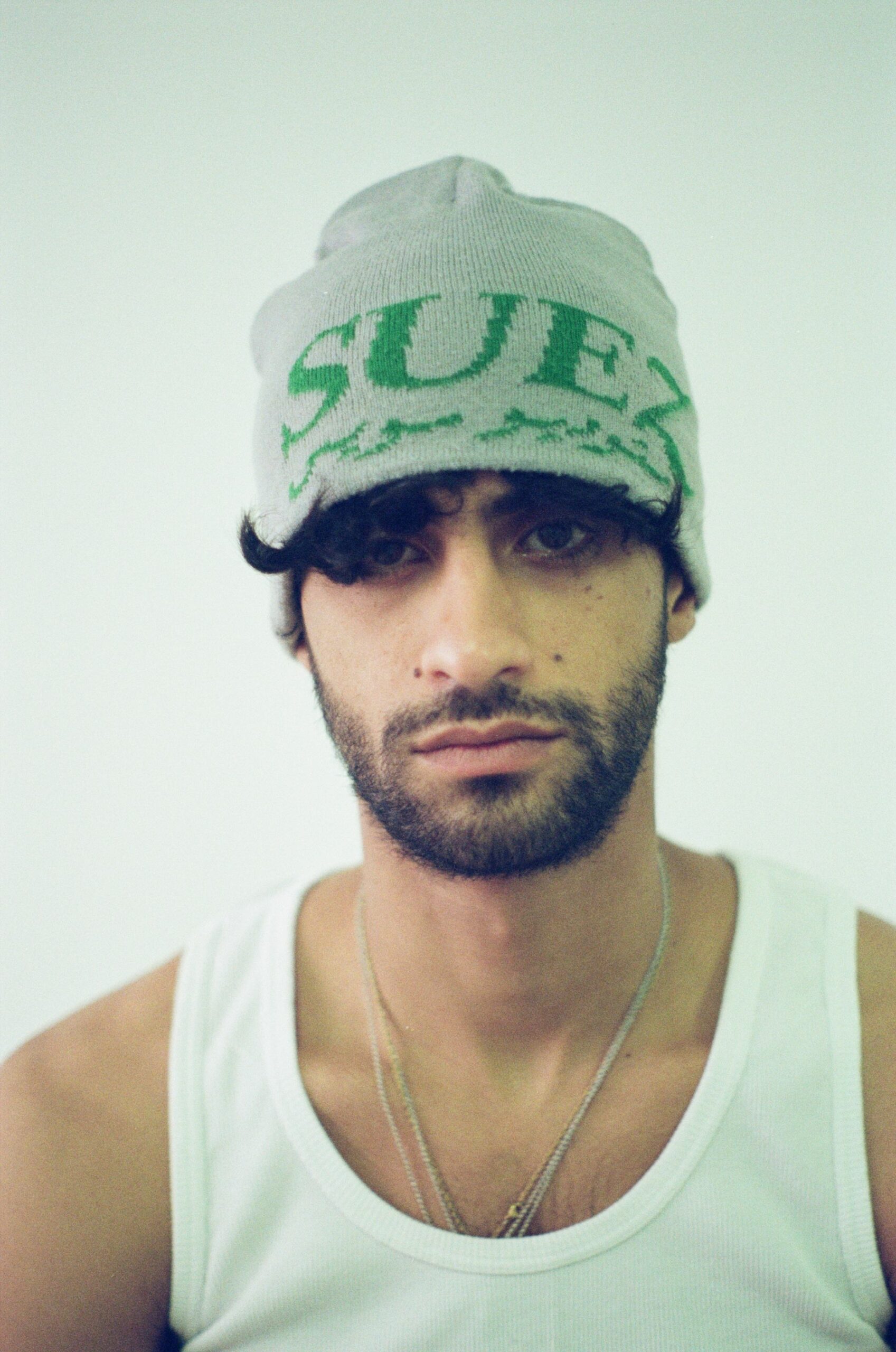
How does the Suez Studio London base influence your design choices for this collection?
I’ve been very privileged to grow up in London and no doubt it’s the fashion capital of the world. There’s so much happening here, whether it’d be new designers coming up or events or just the general style of people, the landscape is incredibly inspiring and it motivates you to step your game up.
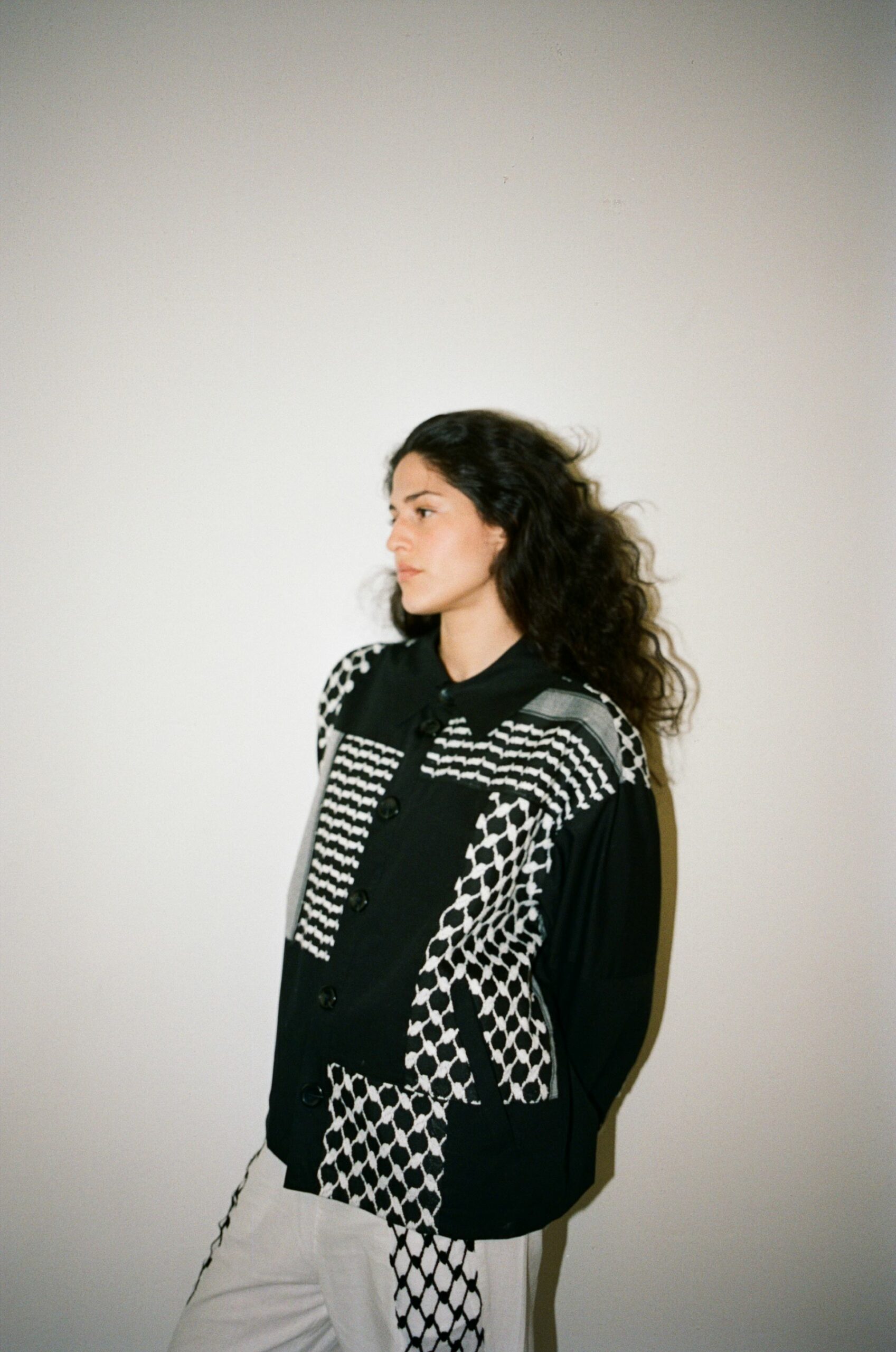
What are some key cultural symbols or motifs you frequently use, and how do they contribute to the overall narrative of your designs?
Up until now, I think we can boil down Suez into some design principles, I think the main one is reworking traditional textiles and techniques from the Arab world into contemporary clothing; but I think people know us for our keffiyeh pieces as that’s what we’ve used for the first two and half years, but there are plenty of others that use the keffiyeh amazingly. I started off reworking the keffiyeh into bucket hats and then moved the keffiyeh into clothing like the patchwork jackets and trousers, and then most recently we worked with the Khayamiya (tentmakers) artisans from Cairo. We reworked their incredible hand-stitched pieces into one-of-one jackets, we even took one back to the artisan, Esaam Ali, and shot him wearing his work but now as one of our one-of-one jackets.

What future projects or collections are you planning that will continue to explore and reinterpret Arab culture and heritage?
We’ll be exploring our relationship with the Khayamiya artisans more closely and continue to use all sorts of cultural elements into the designs. Islamic architecture and geometric patterns fascinate me and are breath-taking, so we’ll be incorporating that in future, too.
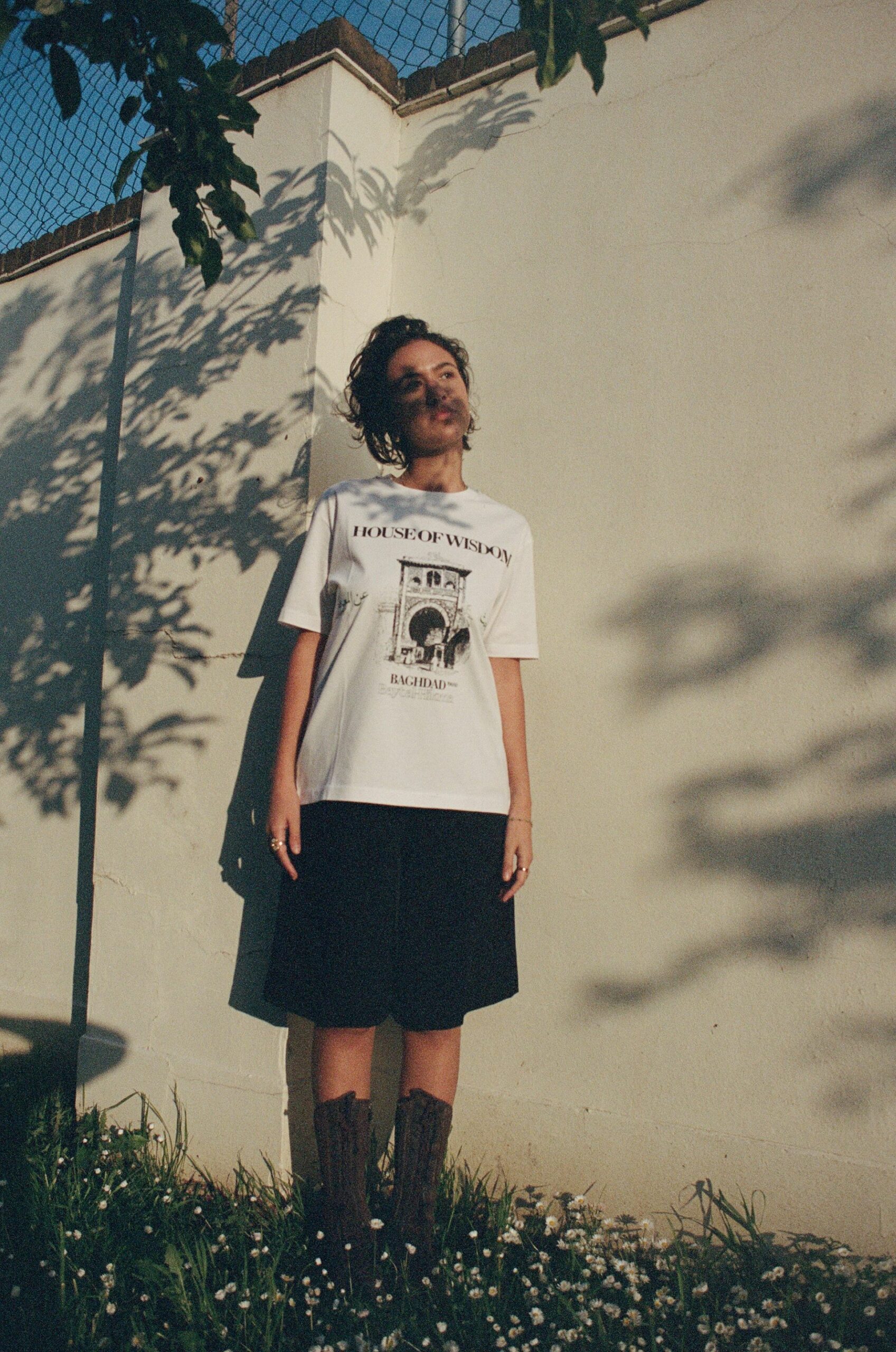
For more stories of regional fashion, visit our dedicated archives.
